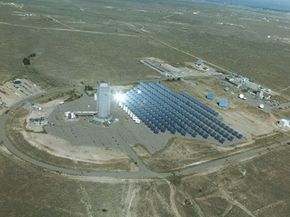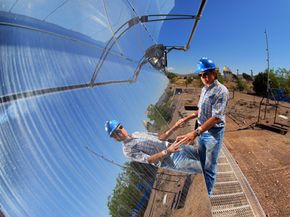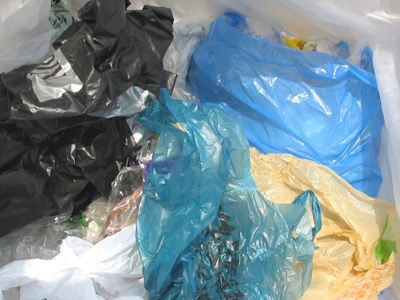If you've ever bought carbon offsets, you may have noticed that most or all of the purchase price goes toward wind energy, not solar. In the world of large-scale alternative energy, wind reigns supreme, mostly because it's cheaper. But a recent development in solar-energy production could make solar power a far more viable option.
In most cases, direct sunlight is converted into electricity in one of two ways: using photovoltaic cells, which turn the sun's light into electricity using a semiconductor material that absorbs photons and releases electrons; or using solar-thermal turbines, which use the sun's heat to generate steam, which then spins a turbine to produce electricity. It's the solar-thermal power plant that is poised for a big change.
Advertisement
In this article, we'll seek to answer whether solar panels work at night. THen, we'll prove how it's possible to efficiently store the power of sunshine so we can access it when the sun sets. We'll also look at the first commercial power plant using the technology to find out how the system works.



